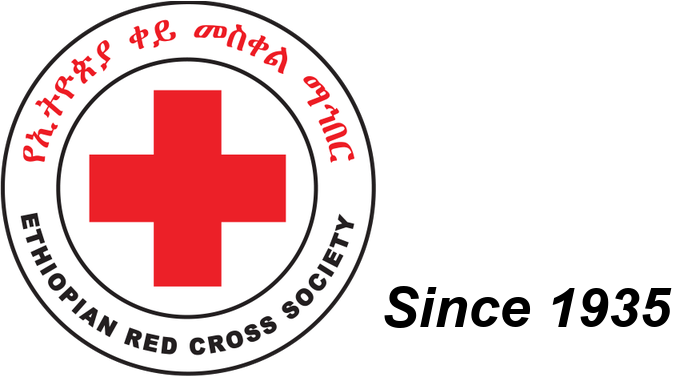The International Red Cross and Red Crescent Movement is a global humanitarian network of 80 million people that helps those facing disaster, conflict and health and social problems. It consists of the International Committee of the Red Cross, the International Federation of Red Cross and Red Crescent Societies and the 192 National Red Cross and Red Crescent Societies.
The Ethiopian Red Cross Society (ERCS), one of the 192 national Red Cross and Red Crescent societies around the world, was founded on July 8th, 1935, by government edict, following the second Italian invasion of Ethiopia. ERCS began by providing humanitarian services to wounded soldiers and civilian victims. That same year on 25th September 1935, ERCS was officially recognized as the 48th member of the International Federation of Red Cross and Red Crescent Societies.
ERCS is auxiliary to the government and yet it is an independent humanitarian organization. It was established and recognized by law through a National Charter adopted in 31th October 1947. The Charter has undergone various parliamentary revisions, the last being in 1999. The current Charter was endorsed by the Parliament in January 2018.
Dr. Thomas A. Lambie (1885 – 14 April 1954) was the first Secretary General of Ethiopia Red Cross Society from July 8/1935- May 5/1936. He was a missionary medical doctor noteworthy for becoming an Ethiopian citizen, being responsible for several early medical efforts in Ethiopia (including the founding of two hospitals). He also worked as a medical doctor in Sudan, Nigeria, and Palestine, where he died.
Currently, the Society has a structure consisting of 12 regional offices, 34 zonal branches and 132 district (Woreda) branches, as well as more than 5,800 Kebele Red Cross Committees at the grass root-level. The Society has 6.1 million members, and there are currently over 258,000 volunteers registered throughout the nation, of whom 47,000 are actively engaged in various humanitarian initiatives.








